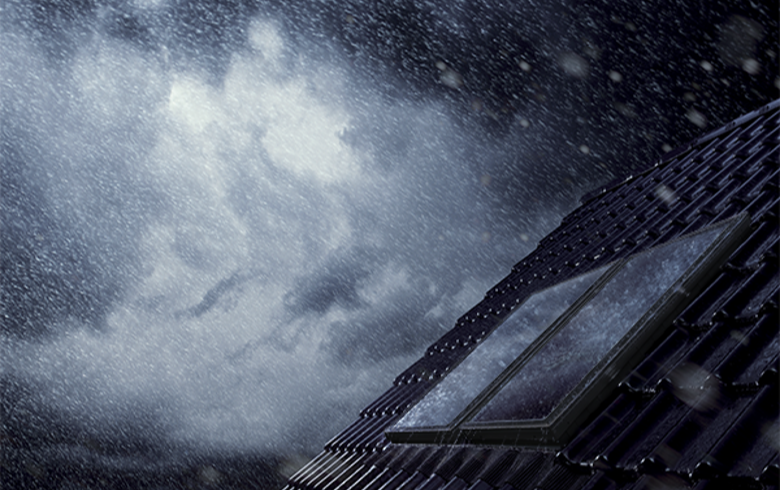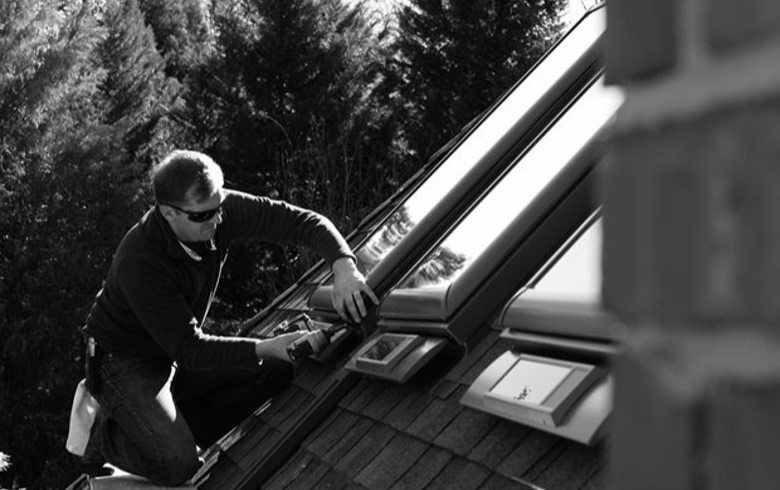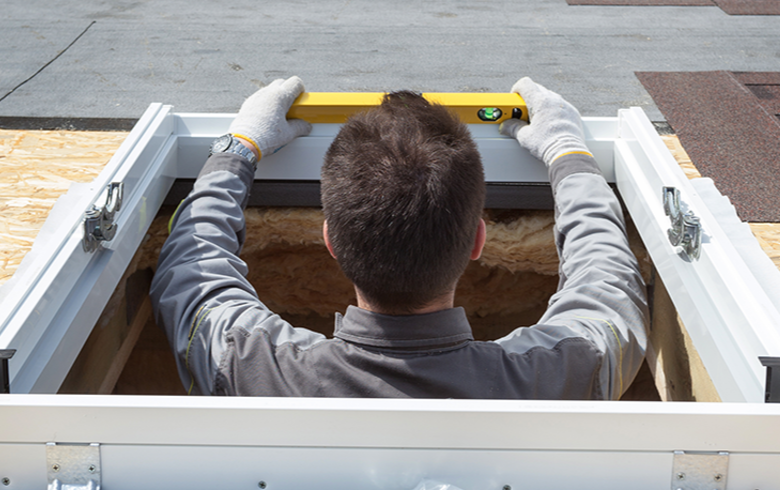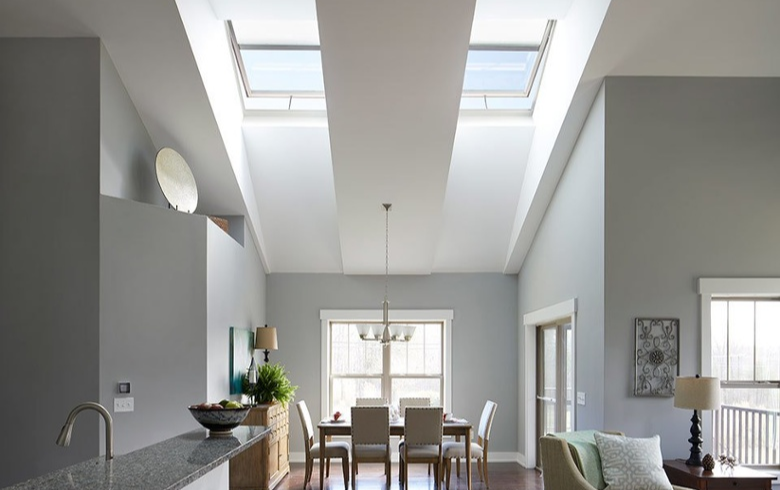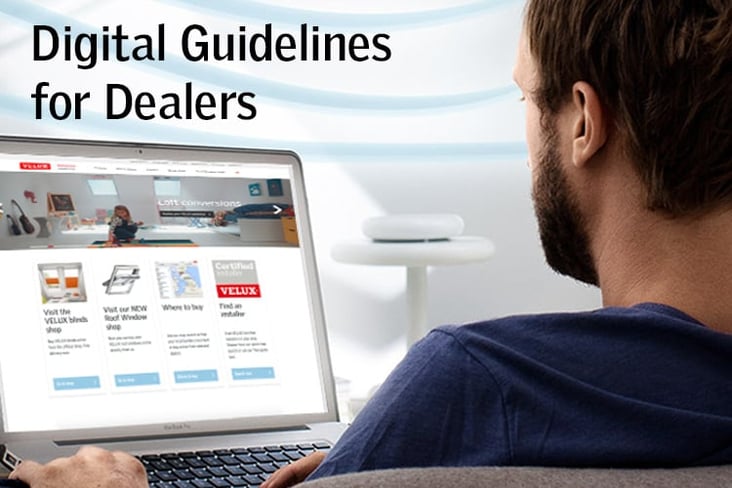Although the Atlantic hurricane season officially begins in June each year, summer heat waves and storm fronts usually cause the worst of these tropical cyclones to make landfall between August and November.
In other words, we're smack dab in the middle of the worst cycle of storms we anticipate seeing this year.
So, what does that mean for your skylight customers?
If you're in a hurricane-prone area, like Florida, then you may be familiar with VELUX's standards because these areas already tend to have stricter building codes and requirements to consider. That's why VELUX makes sure to be in complete compliance with them, and not just for skylights installed in areas that experience high winds and rains on a yearly basis.
You can assure your customers that we take great care to ensure VELUX skylights are built to remain in one piece and leak-free for as long as possible. Not only do we stand by our 10-year product and installation warranty, as well as our 20-year glass warranty, we've also built and tested our skylights to be worthy of such a guarantee. Here's how:
VELUX Product Testing
At VELUX, it has always been our belief that one experiment is better than a thousand expert views, which is why we're constantly putting our products to the test to ensure they meet the highest quality standards.
We're so serious about testing our skylights that, in addition to the Test Center where we ensure our skylights are built to last, we've built six full-scale demo buildings in five countries where people live and work to guarantee our products create healthy, comfortable indoor environments.
But back to this Test Center! In the US, we test and manufacture our skylights in Greenwood, SC, where we run extended internal audits to monitor compliance with all critical safety standards. This includes testing them in rain and winds over 70 mph. Then, anything that doesn't meet our highest standards goes back for rework and only the best of the best are shipped to you and your customers.
Three Layers Of Water Leak Protection
Both VELUX deck-mounted and curb-mounted skylights include three layers of protection from water leaks. The first layer of protection is dependent on the type of mount:
- Deck-mounted skylights come with a deck seal to prevent leaks
- Curb-mounted skylights have a pre-attached skylight gasket to prevent leaks
Additionally, every VELUX skylight comes with an adhesive all-weather underlayment (usually called a peel-and-stick underlayment) in strips 25 feet long by 9 inches wide. This is installed up the sides of the skylight to serve as the second line of defense against rain.
As a final line of defense, VELUX designed step flashing exclusive to our skylights. These metal flashing pieces alternate with the roofing material, starting at the bottom of the skylight and working up to the top. Then, the rain that flows down the roof is sluiced over the layered shingles, away from the skylight.
Strong, Reliable Glass
Of course, rain and high water levels aren't the only potential hazards in a hurricane. High winds can send plants, debris, and other objects flying through the air, sometimes right onto the roof of a house. That's why VELUX skylights installed not only in hurricane-prone areas but also for any application that's out of reach, come with laminated glass for added protection.
Because laminated glass spiderwebs instead of breaking into large chunks, it's safer in the event of a hurricane. If it's hit hard enough, it will crack into tiny pieces, but won't collapse inwards.
The E-Class Fixed Impact Rated Skylight
For an added sense of security, VELUX's new E-Class Fixed Impact Rated Skylight is built specifically for hurricane zones. This E-Class skylight is rated for WBDR and meets IBC/IRC/FBC and other building codes in Wind Zone 3 coastal applications.
While it may look like our other fixed skylights, the E-Class features hurricane-resistant glass that shields against damage from wind-borne debris, accidental impacts, forced entry, and even unwanted noise.
Hurricane Relief Efforts
We here at VELUX recently had a close call with hurricane-level winds. Hurricane Florence made landfall along the coasts of North and South Carolina, only about 2-3 hours from our US offices. While we're back in the offices and back up on our feet, certain areas of the state still need help. If you're able to volunteer or donate to relief efforts, here's a list of ways you can help.

